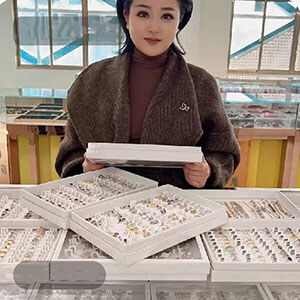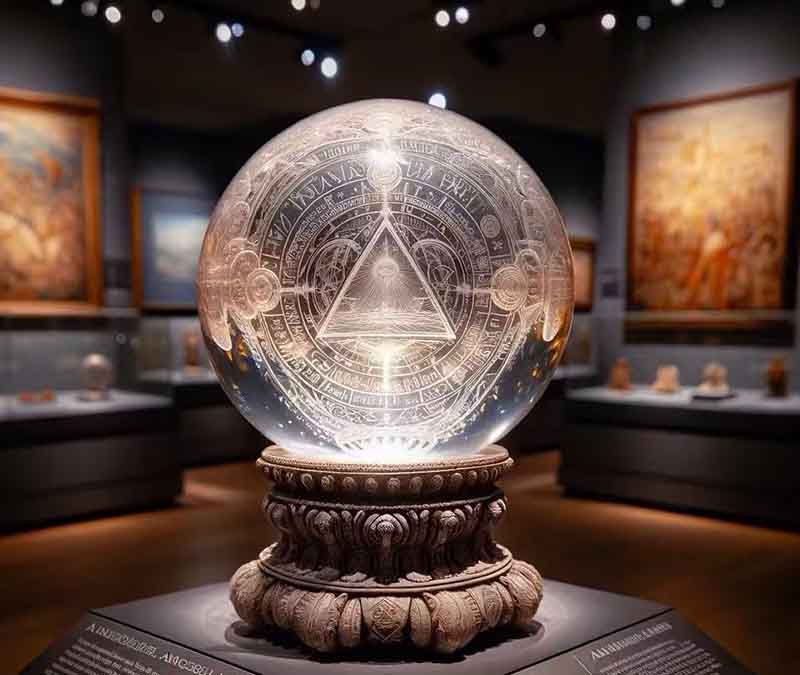The history and story :







Red spinel has been mistaken for ruby for many reasons. One is because spinel is a ruby companion or, they can be said to be a pair of “bare asses” that have grown up.
In addition to the same cadmium-colored red, ruby and spinel are also very close in refractive index and other physical properties.

As a result, they have a very similar light perception, which is difficult to distinguish with the naked eye. This is proof that spinel’s physical properties are excellent.
This highly lustrous raw spinel is known as a spiritually cleansed gemstone by Burmese natives. They believe that this flawless octahedral crystal shape has been cut and polished by a ghost. This is to bring good luck and keep the wearer safe from injury and disease.
Scientists have used isotope measurements to conclude that spinel was first crystallized 256 million years ago, older than ruby.
The primordial forces that gave birth to our planet and the universe are amazing, and 5,000 years of human civilization are a drop in the ocean.
Red spinel vs ruby:
We know that the highest quality ruby, pigeon’s blood red ruby, has internal crystals that look viscous like blood. In addition, it has dark tones that are very durable. You can say that spinel, on the other hand, is almost positively red, like a flame, which gives it a distinct beauty.


Does spinel exist with burning and oiling?
Yes, but very rarely in the world. Attempts have been made to heat spinel at low temperatures to improve its quality. However, this is a very destructive method for the stone, so spinel is almost always natural, which is one of the reasons for its popularity.
Jedi Knight and “Blue Demon” cobalt spinel:
In 2002 GIA’s field gemologist Vincent Pardieu discovered a red spinel with a saturated, luminous color during an expedition to Burma. Being a Star Wars fan, he named this spinel, which has no dark tones and is neon in color, Jedi Spinel, or Jedi Knight Spinel.


It’s a great name for a Jedi Spinel that has no dark tones, glows with energy, and looks like a lightsaber in Jedi Knight hands.

In his article to the GIA, Pardieu mentions two sources of Jedi SP, including Mansing, of mountain origin. The color will be redder.
The second is the water material from Namia, where the clarity is generally better after thousands of years of rain.
The Jedi here will have the most desirable color in addition to being exceptionally translucent, and the neon will be a bit stronger.
If you look closely you can see three colors, red, pink and a little bit of orange tones. If you are a gemstone enthusiast, reviewing your past red gemstones will show you that it can be neon if it has an orange tint.
It is important to note that Jedi Knights are a little more neon in the raw, and a little less neon after cutting due to increased faceting. This is a Namia stone with red and pink tones and a little bit of orange. This is a mansing with a highly saturated red color.


Vietnam’s spinel
Vietnam’s Lu An produces a kind of blue spinel. This blue color is very colorful, coupled with the translucency of the spinel has a kind of demonic feeling. It is often referred to in the industry as the “Blue Demon” because of the small size of its grains.

If you put this cobalt-colored spinel on white paper, you will find that it also reflects a strong neon color, which is why it is also called the Blue Jedi.

Some cobalt-colored spinel also exists in Sri Lanka, but because the cobalt spinel here is more iron-rich, most of it has a grayish-blue color, and the cobalt content is generally below 60 pDM.
So what about spinels from other origins besides Jedi from Burma and Vietnamese cobalt spinels? We will go into more detail in the next chapter.









